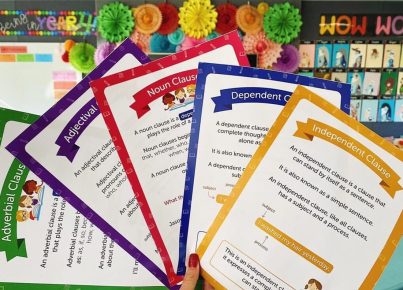Introduction:
Aesop’s fables have been long cherished for their moral teachings and simple wisdom. These ancient stories, attributed to the Greek slave and storyteller Aesop, are still relevant today not just as tales of morality, but as useful tools for English language teachers. This article explores the various teaching strategies that can be employed using Aesop’s fables in the English classroom to effectively engage students and foster their learning.
1. Reading Comprehension:
Aesop’s fables, with their concise narratives featuring talking animals and a moral lesson, make them exceptional texts for teaching reading comprehension. Teachers can encourage students to read the fables individually or in groups, followed by discussions on the characters, plot, and intended message. By analyzing these elements, students will learn to recognize key details and interpret themes effectively.
2. Vocabulary Building:
The language of Aesop’s fables is often rich in vocabulary, making it an excellent basis for vocabulary building exercises. Teachers can introduce new words found in the stories and ask students to find synonyms or create sentences incorporating these new terms. This exercise can help expand students’ vocabularies and develop their ability to understand new words in context.
3. Creative Writing:
To develop creative writing skills among students, teachers can assign fable adaptation exercises. Students can be asked to rewrite a chosen fable with modern-day characters or settings. Alternatively, they may create an original story inspired by one of Aesops’ morals or themes. This approach encourages critical thinking while enhancing students’ imagination and writing prowess.
4. Storytelling Skills:
Aesops’ fables provide an opportunity for students to practice their oral communication skills through storytelling activities. Teachers can have students prepare short plays or puppet shows based on the fables, encouraging them to use vocal variety, gestures, and facial expressions to bring the characters and stories to life. Additionally, storytelling activities can improve students’ listening skills as they pay close attention to their peers’ narrations.
5. Debates and Discussions:
The moral lessons in Aesops’ fables offer a chance for students to engage in spirited debates and discussions. Teachers can pose questions such as, “Do you agree with the moral of the story?” or “Can you think of any real-life examples that reflect the story’s message?” These discussions can help develop students’ critical thinking abilities and improve verbal communication.
Conclusion:
Aesop’s fables have transcended time, presenting themselves as invaluable teaching resources for English language educators. By employing these creative teaching strategies around the stories, teachers can facilitate an engaging and interactive learning environment that fosters essential language skills and stimulates intellectual curiosity in students. With Aesop’s fables, educators have a timeless tool at their disposal to inspire generations of learners.




